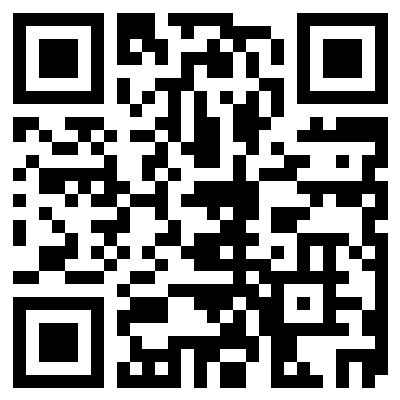Bill HF2430
Session 2024
Bill Introduced By
Jae Nguyen
House Author
Jae Nguyen

A bill for an act relating to
Pharmacists required to dispense prescriptions using a braille/audible container label for patients who are visually impaired or blind.
Committee Hearing
| Path | Committee | Action | |
|---|---|---|---|
| 1 | Health and Human Services Committee | Passed | |
| 2 | Rules Committee | Passed |
